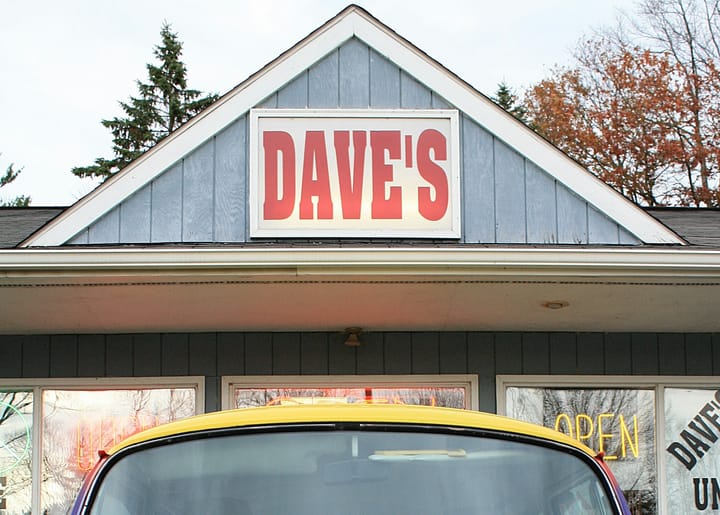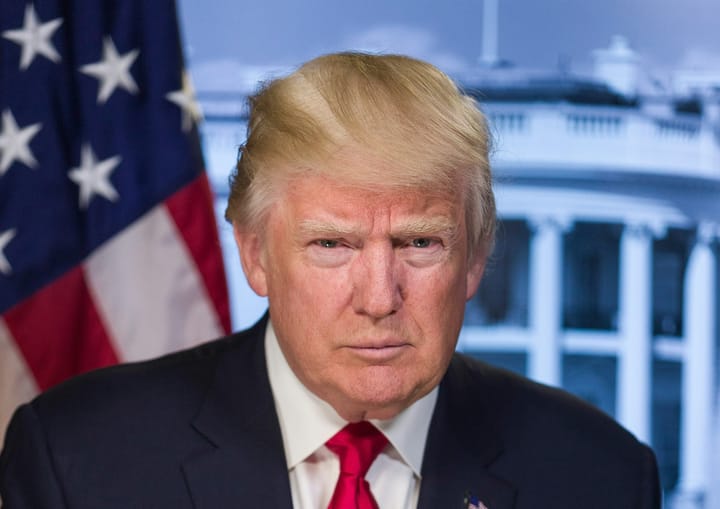From Anthems to Earworms: Creative Ways Brands Use Songs in Advertising

Who doesn't love a good song? From reimagining pop hits to turning love songs into protest anthems, brands are getting more creative in using music to capture attention and evoke emotion. This article dives into seven innovative ways brands use songs to amplify their campaigns.
1. Tap into Culture
Brands are tapping into cultural moments by using popular songs or creating new tracks that resonate with current trends. By aligning their campaigns with music usealready on the audience’s radar, brands can make their messages feel fresh, relevant, and instantly recognizable.
Take "Pack Yer Bags" by Yorkshire Tea (Lucky Generals, 2022), which created an Ibiza-style dance track to remind young Brits to take Yorkshire Tea on their holidays. The fun and unexpected choice of genre made the campaign stand out, making Yorkshire Tea feel more modern and culturally in-tune. Another example, "Embrace Mistakes" by Fundacion Peruana de Cancer (Fahrenheit DDB, 2022), leveraged TikTok trends to turn misheard lyrics sung by Peruvian K-Pop fans into popular donation phrases, using cultural moments to promote a charitable cause.
"The Power of Nostalgia" by Save The Children (Y&R, 2018) tapped into a familiar childhood song used to learn the ABCs, reframing it to highlight global illiteracy issues. This clever use of nostalgia created an emotional connection while delivering a powerful message.
Key Takeaway: Tapping into culture helps brands resonate with audiences by connecting with what is already familiar or trending.
2. Anthem Adoption
Reworking popular songs allows brands to convey new messages while leveraging the song’s existing popularity. Brands often modify familiar lyrics to align with their campaign's narrative, creating a strong emotional impact.
For example, "Reworked Lyrics" by Bloody Good Period (Mother London, 2021) took Ce Ce Peniston's hit "Finally" and modified it to promote a positive message about periods, challenging the shame often associated with menstruation. In another campaign, "It Wasn’t Me" by Cheetos (Goodby Silverstein & Partners, 2021), revived Shaggy's classic song to create a humorous narrative where Mila Kunis denies stealing Ashton Kutcher's Cheetos. These campaigns reimagined familiar anthems to create fresh, memorable messages that aligned with the brand's identity.
Key Takeaway: Reworking familiar songs allows brands to convey new messages while benefiting from their existing popularity.
3. Proposition Hijack
Using iconic songs or music videos to communicate product benefits in unexpected ways is a creative tactic known as proposition hijack. This approach captures attention by surprising the audience with a new context for a well-known tune.
"Can’t Touch This" by Cheetos (Goodby Silverstein & Partners, 2021) used MC Hammer's song to humorously illustrate how eating Cheetos can get you out of doing tasks—since your fingers are too messy. Building on this strategy, "It Wasn’t Me" further extended the idea by using another hit song to promote Cheetos, keeping the brand in the cultural conversation.
Key Takeaway: Hijacking popular songs can capture attention and create memorable, humorous brand messages.
4. Reframe Emotion
Reframing emotion involves using songs to shift their emotional context. This tactic often turns a song's original meaning on its head to highlight a different issue. It can evoke strong emotions and make a powerful statement.
For example, "Immigrant Songs" by Save The Children (Y&R, 2018) used traditional cultural songs to help immigrants understand complex advice, reframing the songs' traditional use to serve a practical purpose. Similarly, "Teenage Dream" by Sandy Hook Promise (Human Music & Sound Design, 2022) repurposed Katy Perry's joyful song to underscore the tragic reality of teenage lives lost to gun violence.
Key Takeaway: Reframing well-known songs in new contexts can evoke strong emotional responses and make a compelling statement.
5. Shift Category
Changing a song's context or platform to highlight issues or messages that are often censored or ignored is a bold move. By shifting the category or platform, brands can bring attention to sensitive or overlooked topics.
"The Uncensored Playlist" by Reporters Without Borders (DDB, 2018) turned censored news articles into song lyrics on Spotify to bypass censorship in repressive countries. This creative approach used the universal power of music to deliver messages that otherwise would not reach their intended audience.
Key Takeaway: Shifting the category or platform can help brands bring attention to sensitive or overlooked topics.
6. Smash Stereotypes
Brands can use songs to challenge existing stereotypes or outdated beliefs, turning music into a tool for social change. Reworking songs with new lyrics or contexts can subvert expectations and encourage audiences to rethink their assumptions.
For example, "#RewriteHerLife" by Prudential (Vayner Media, 2022) rewrote a misogynistic Thai song to deliver empowering messages that encouraged women to take control of their health insurance. This campaign challenged gender stereotypes while promoting a socially relevant message.
Key Takeaway: Reworking songs can effectively confront and dismantle stereotypes, fostering social change.
7. Trojan Horse Seduction
Using familiar songs in unexpected ways can serve as a "Trojan Horse," delivering powerful, often surprising messages that initially appear light-hearted or harmless.
"Love Song Written By A Murderer" by Vida Mujer Organization (Circus Grey, 2017) used this technique by presenting a love song that, on closer inspection, reveals a darker narrative about domestic violence. The campaign subtly introduced a complex issue, making the message more digestible and impactful.
Key Takeaway: Using songs as a "Trojan Horse" can subtly introduce complex or sensitive topics, making the message more approachable.
Summary
These seven tactics demonstrate how advertising can creatively leverage songs to drive engagement, shape perceptions, and create memorable brand moments. Whether by tapping into cultural trends, reframing emotions, or hijacking popular tunes, music remains a powerful tool for brands looking to connect with their audiences on a deeper level. The next time you hear a familiar song in an ad, consider how it might be doing more than just entertaining you—it could be shifting perspectives or sparking change.
Want more like this?
Stay tuned to our blog for more insights on creative advertising strategies, case studies, and how to use culture-driven content to enhance your brand’s impact.



